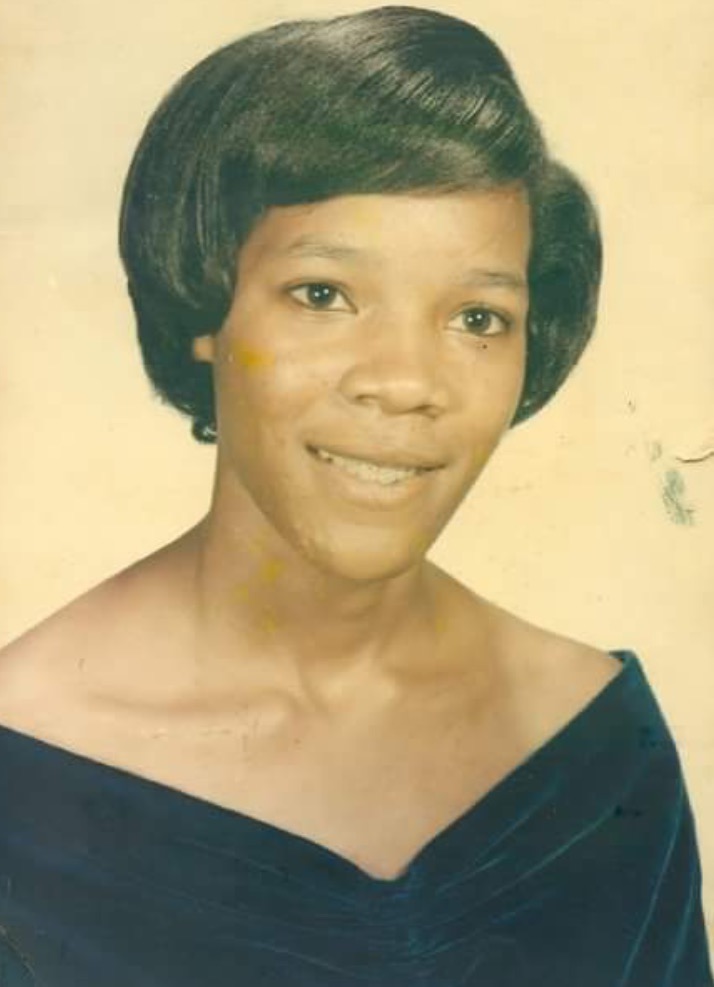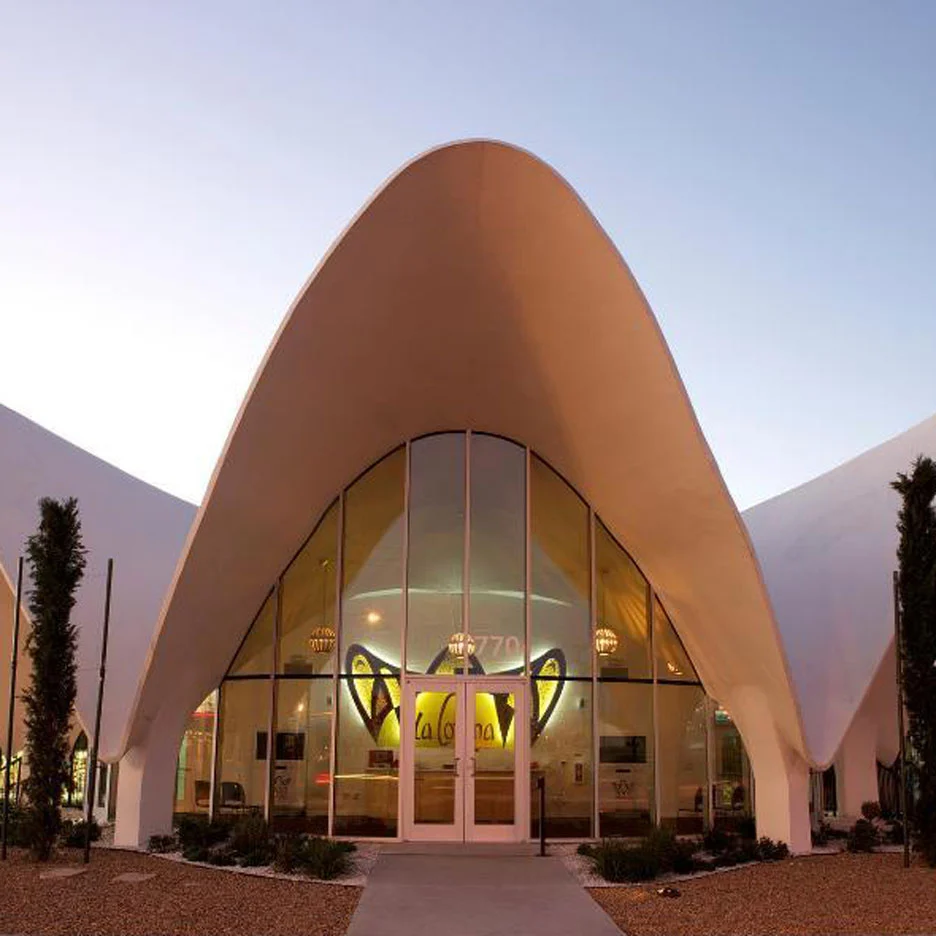From Orphan to Icon: The Inspirational Journey of Paul R. Williams
- T. Brookshire

- May 23, 2024
- 3 min read
Paul Revere Williams was born on February 18, 1894, into a middle-class family in Memphis. He was tragically orphaned at the age of 4, losing both his parents to tuberculosis, and was sent to foster care until he was adopted. After studying at the Los Angeles School of Art and Design and at the L.A. branch of the (now defunct) New York Beaux-Arts Institute of Design, he worked as a landscape architect, later earning a degree in architectural engineering from the University of Southern California.

A prolific architect whose career spans over five decades and includes more than 3,000 buildings in Southern California, Paul R. Williams was the first African American certified architect on the West Coast, and the first African American admitted to the AIA.
Nicknamed “Architect to the Stars,” he had a special relationship with the silver screen. Synonymous with leisure and luxury, Hollywood became a cultural icon with its own set of rules—and Williams became one of the most sought-after architects in an industry captivated by fantasy and opulence.
After he made his Hollywood debut designing an Italian Revival–style mansion for silent film star Lon Chaney, Williams went on to design a reel of lavish residences for Hollywood stars including Lucille Ball, Cary Grant, and Tyrone Power. In 1956 he gained national exposure with his design of Frank Sinatra’s sensational Beverly Hills midcentury-modern residence. His houses were very charismatic representations of that set of the Hollywood glitz and glamour and they helped shaped the world’s vision of Hollywood and Los Angeles across much of the 20th century.

Williams designed more than 3,000 private homes and commercial buildings in L.A. alone, many of them nestled in the Hollywood Hills and Mid-Wilshire. He was involved in the design, and redesign, of many L.A. landmarks such as the Golden State Mutual Life Insurance Building, the Beverly Hills Hotel, and the First African Methodist Episcopal Church, to name a few. He was also part of the team at Pereira & Luckman, who designed the 1961 space-age Theme Building at LAX.
During the Great Depression, he continued to design homes for the wealthy. And when post-war population growth brought about a severe housing shortage, he designed affordable housing plans for homeowners and published them in two books. His five-decade career stands as a reflection of the larger economic forces that have reshaped the city in the middle of the 20th century.
Williams was the first licensed black architect of the West Coast and the first to be a member of the American Institute of Architects. Even today only 2 per cent of architects registered in the US identify themselves as African-American. Williams had to navigate the White Architectural World he worked in with extreme caution. He was a very classy man who was always immaculately dressed. Inevitably the only Black American in the room, he would walk into meetings or around construction sites with his hands clasped behind his back to avoid the awkward act of shaking hands. He even taught himself how to draw upside down so clients could sit opposite rather than next to him. All of this was quite exhausting.
“He just had to work harder and be better,” says his granddaughter Karen E Hudson, “as with African-Americans of the time, and today. He never failed to use every moment to further his career.”
It’s because Paul R. Williams served as a champion and voice for minorities during an era when racial discrimination was still rampant in America, there is a seat at the table for every other Black creative who followed in his footsteps.

















Comments